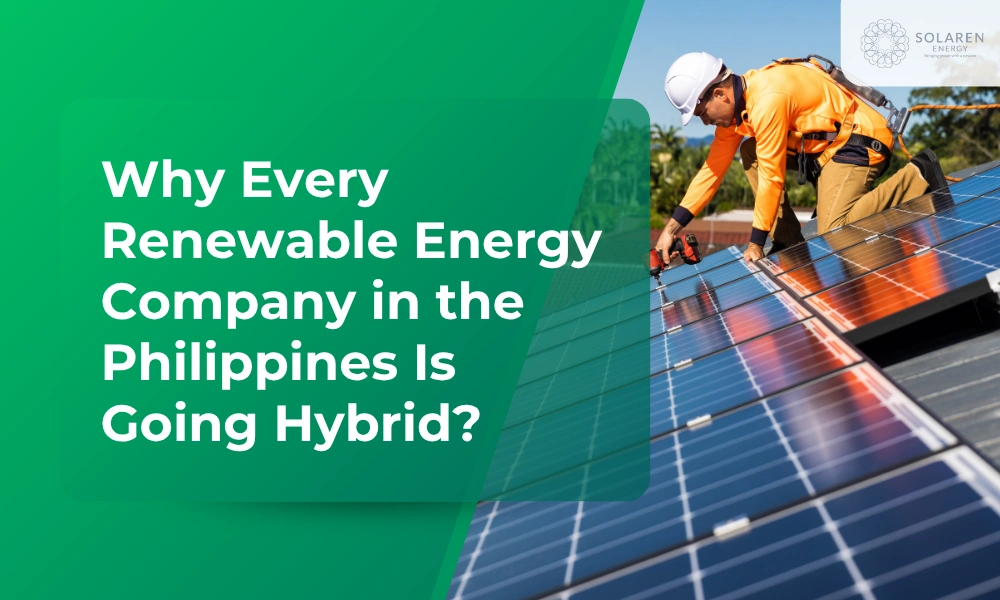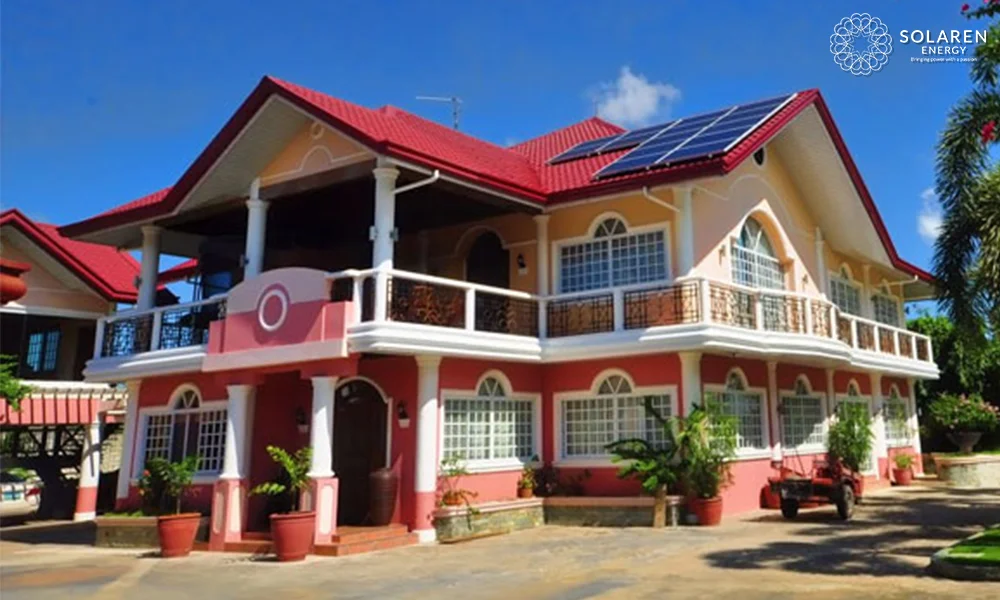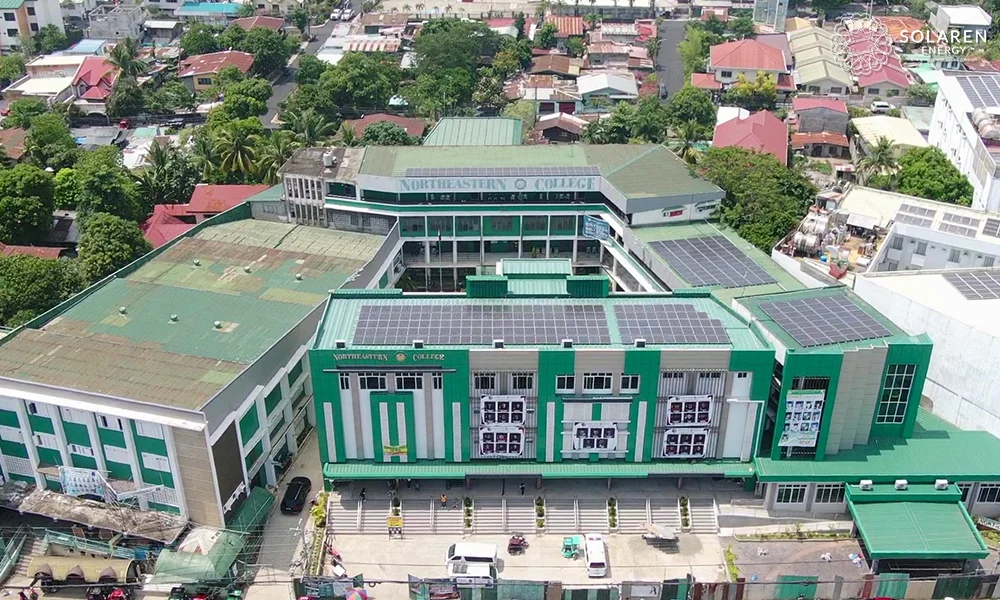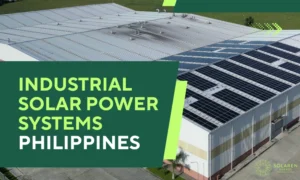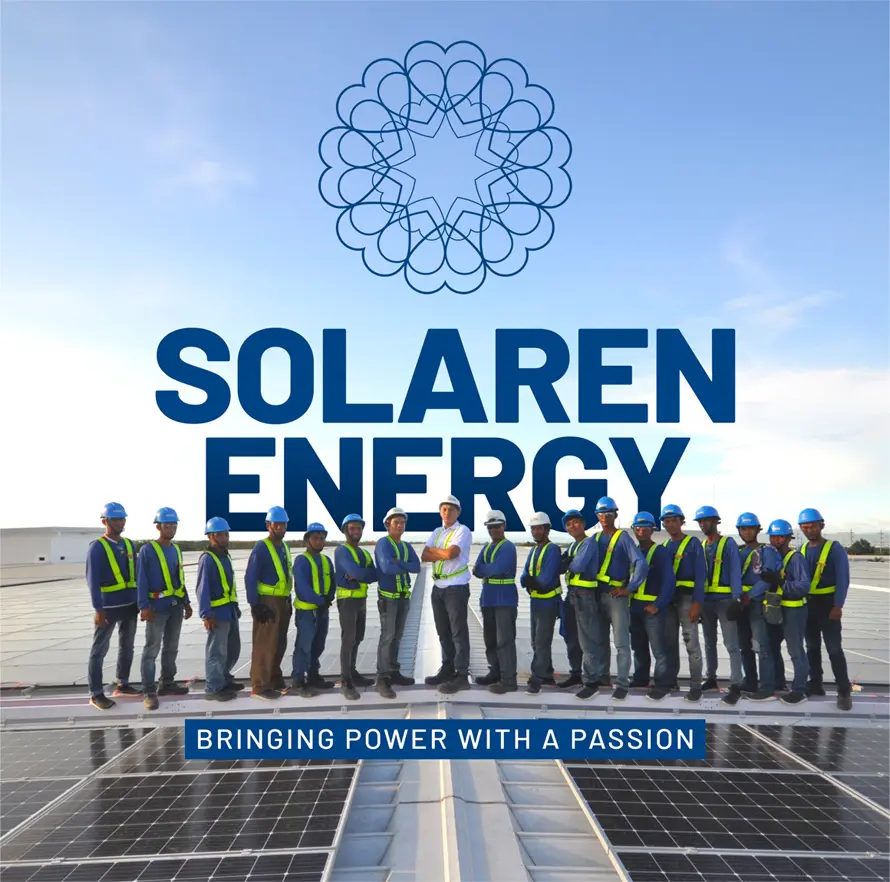With power demand increasing and grid reliability still a pressing concern nationwide, more businesses are seeking smarter, more stable energy solutions. As a result, nearly every renewable energy company in the Philippines that businesses consult today is embracing hybrid solar systems, solutions that combine solar generation with energy storage to deliver all-day performance, cost savings, and operational security.
What Is a Hybrid Solar System?
A hybrid system integrates:
- Solar panels to generate electricity
- Lithium-iron-phosphate (LFP) batteries to store unused solar power
- Hybrid inverters to manage energy flows between solar, batteries, and the grid
- Energy management software to optimize use based on your load and utility rates
These systems allow businesses to rely on solar throughout the day, tap stored energy in the evening, and use grid power only as needed. It’s an efficient, cost-effective way to achieve energy independence and protect operations from blackouts.
Why Renewable Energy Companies Are Leading the Shift
Traditional solar-only systems work well during daylight hours, but when the sun sets or clouds roll in, they often fall short. That’s why a growing number of providers now recommend hybrid setups by default.
Leading renewable energy companies understand:
- Businesses operate outside of daylight hours
- Outages still impact even urban zones
- Energy costs fluctuate throughout the day
- Storage helps clients gain real control over energy costs and uptime
By integrating energy storage solutions, these companies don’t just install panels; they provide resilience and smarter energy management.
Business Benefits of Going Hybrid
- Lower Electricity Bills: Offset high evening rates with stored solar
- Backup Power: Maintain operations during scheduled or surprise outages
- Higher Efficiency: Use more of the energy your system generates
- Greater Flexibility: Shift loads to off-peak times and reduce demand charges
For businesses dealing with unpredictable tariffs and supply interruptions, hybrid solar means stability and significant savings.
Case Study: Manufacturing Plant in Batangas
A small manufacturing facility running two shifts installed a 250 kW solar system paired with 180 kWh of LFP battery storage. Solar energy powers the site during the day, while stored energy runs machines, lighting, and cooling systems during the 6 – 10 p.m. peak. The facility has seen:
- A 44% drop in electricity costs
- Full protection during two unexpected outages
- ROI projected in under four years
Why Hybrid Matters Now
As battery costs continue to fall and inverter technology improves, hybrid systems are no longer a niche offering—they’re the new standard. Companies investing in commercial solar energy systems want more than daytime savings; they expect flexibility, predictability, and backup power.
A forward-thinking solar installation Philippines provider recognizes this shift and builds systems that go beyond generation—they manage storage, dispatch, and even emergency scenarios.
What to Consider When Going Hybrid
Designing a hybrid system involves several technical steps. Your chosen solar power company should evaluate:
- Daily load curves and peak usage hours
- Inverter compatibility with your chosen battery type
- Physical space for both panels and storage racks
- Desired backup duration in case of power loss
Most hybrid systems use lithium-iron-phosphate batteries for their safety, cycle life, and heat resistance, making them ideal for tropical climates.
Tools That Optimize Hybrid Systems
- Hybrid inverters: Automatically shift between sources for maximum efficiency
- Battery management systems: Monitor charge levels and protect against overuse
- Real-time dashboards: Track system output, grid usage, and performance remotely
Paired with customized energy solutions, these technologies help businesses align energy strategy with real operational goals.
Maintenance and Financing
Hybrid solar systems are low-maintenance and designed for long service life. Your solar panel supplier Philippines should offer:
- Annual inspections
- Remote monitoring tools
- Component warranties of 5 – 10 years
In terms of financing, many firms bundle the cost of hybrid systems with their solar arrays into a 3 – 5 year loan at 6 – 8% APR. Monthly energy savings often exceed loan payments, delivering positive cash flow from the first billing cycle.
Final Thoughts: Hybrid Renewable Energy Company in the Philippines
Hybrid solar systems are becoming the default recommendation for a reason. As electricity costs continue to fluctuate and grid interruptions remain common, more Philippine businesses are demanding energy systems that go beyond generation—they want control, stability, and measurable ROI.
Renewable energy companies that deliver hybrid solutions are best positioned to meet those expectations. With expert design and ongoing support, these systems help clients unlock the full value of Sustainable Energy Services from cost savings to business continuity.

